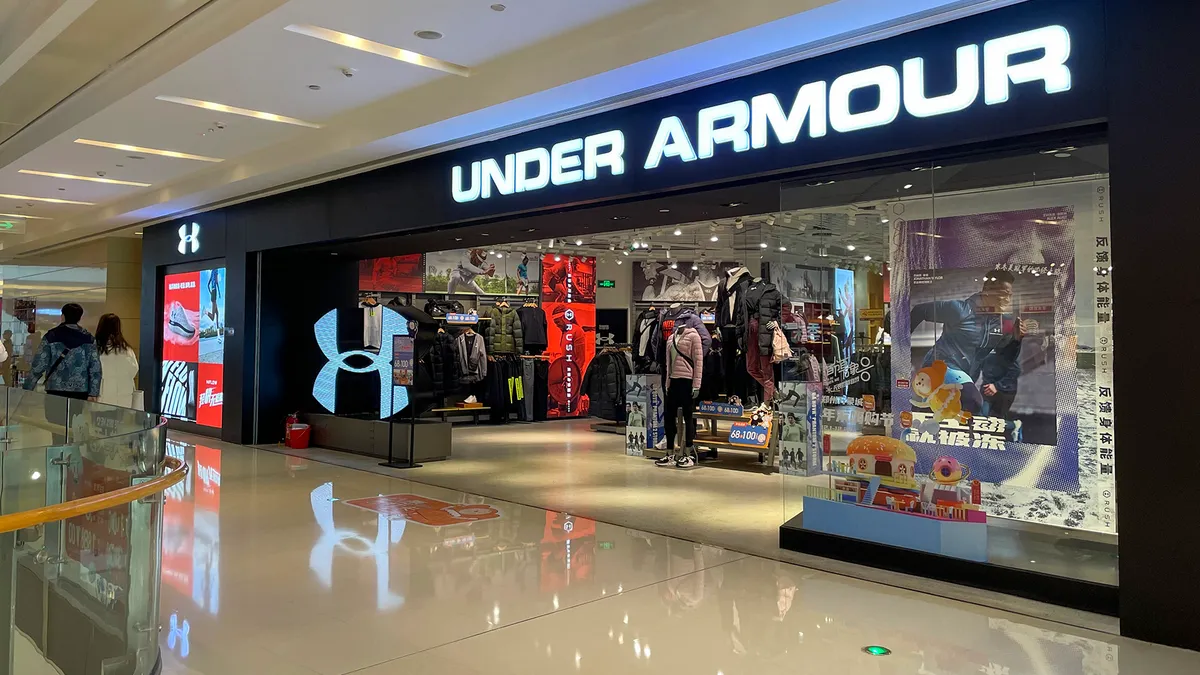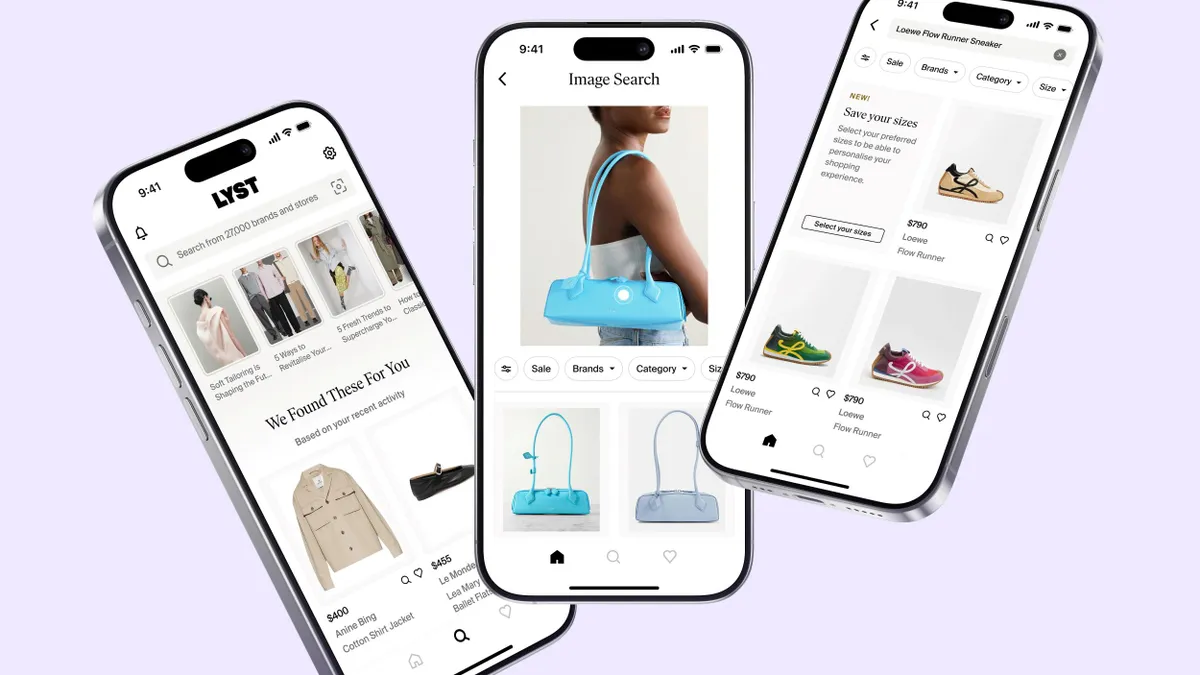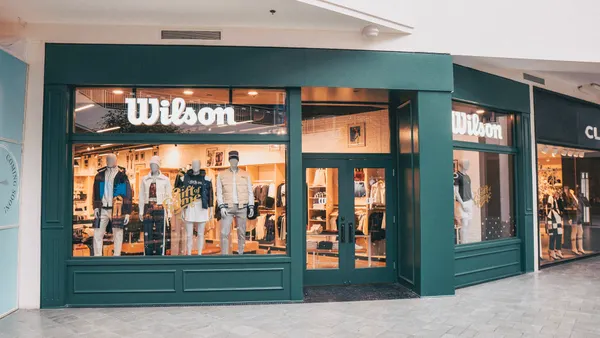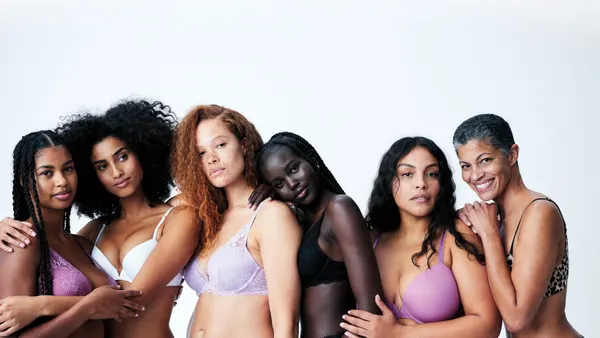Dive Brief:
- Under Armour on Tuesday reported first-quarter revenue was down 2% to $1.3 billion, due mostly to wholesale declining 6%. DTC revenue, on the other hand, was up 4% thanks to growth in e-commerce, according to a company press release.
- The company’s revenue in North America, its largest region by far, fell 9% in the quarter, while international was up 12%. Under Armour CFO Dave Bergman said on a call with analysts that this should be the largest decline in North America this year.
- Amid high inflation and consumer wariness, higher promotions hit Under Armour’s gross margin in the quarter and the company expects that to continue in its direct-to-consumer business for the year.
Dive Insight:
CEO Stephanie Linnartz called this a “building year” for Under Armour, which will give the company time to focus on profitability, cost management and its efforts to refresh product. Under Armour laid off about 50 corporate employees in June to reduce expenses and the search is on for a new chief operating officer and chief product officer as well, after Linnartz overhauled the C-suite earlier this year.
The company is particularly focused on improving design in the footwear, women’s and sportstyle categories. Linnartz said the athletics brand is already simplifying its product lines and making strides in creating higher-positioned and -priced merchandise. The company, which has largely ignored athleisure in the past, is now looking to that movement to help drive growth, and Linnartz noted that Under Armour has brought on new designers in footwear and sportstyle as part of that shift. Women’s is also in greater focus, which requires a pivot in not just design but also marketing.
“It’s about better design, it’s about better fit, it’s about better finishes,” Linnartz said on a call with analysts. “It’s equally about how we market to the female consumer.”
Linnartz also touted the brand’s first loyalty program, announced last week, which is aimed at driving repeat business, higher engagement and higher revenue per customer.
“No loyalty program means anything if you don’t have great product,” Linnartz said. “A rewards program done well, with product at the center and terrific marketing around it, is going to be a growth driver for us.”
While Under Armour has made some progress on its brand positioning and differentiation, the company’s efforts still come across as “schizophrenic and disjointed,” GlobalData Managing Director Neil Saunders said in emailed comments. “The quality of collections in stores is weaker and more confusing than it was a year ago,” Saunders said.
Although wholesale was down meaningfully in the quarter, Under Armour is focused on strengthening that channel going forward, with plans to expand its wholesale presence and become more disciplined with segmentation. Bergman noted that wholesale orders for Q3 and Q4 were lower than expected; Saunders attributed some of the retailer’s challenges in that channel to the fact that it sells through struggling retailers that don’t display its products well and are struggling for foot traffic of their own.
The athletics brand’s higher quality wholesale accounts also don’t make up for a lack of Under Armour stores, according to Saunders.
“This lack of self-distribution has always been a problem for Under Armour,” Saunders said. “Indeed, current results show that direct to consumer sales, which are mostly made online, are up by 4.5%. The long and the short of it is that when Under Armour controls the experience, results tend to be better.”












